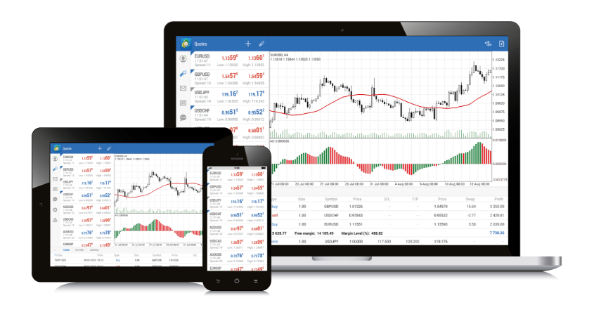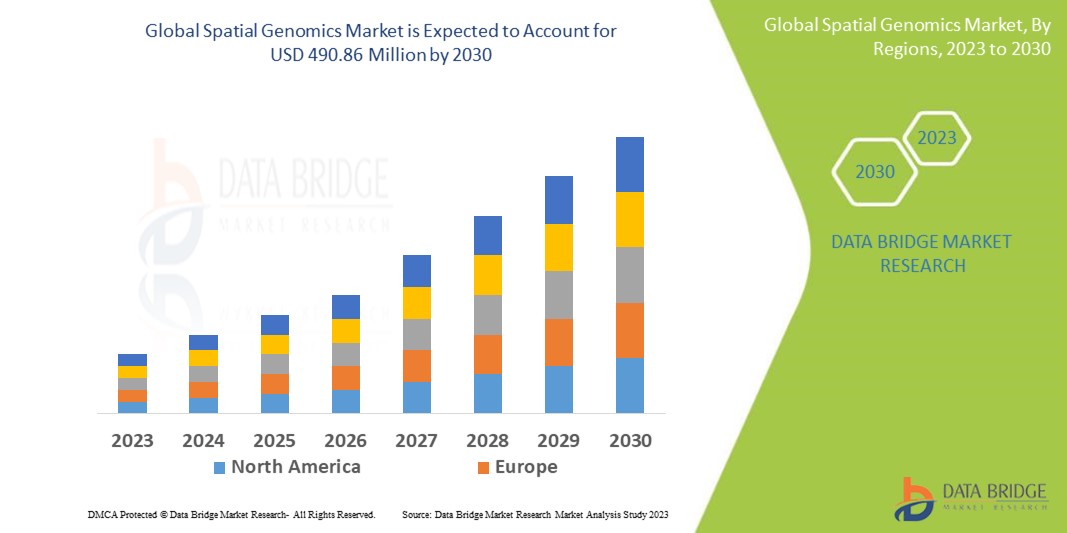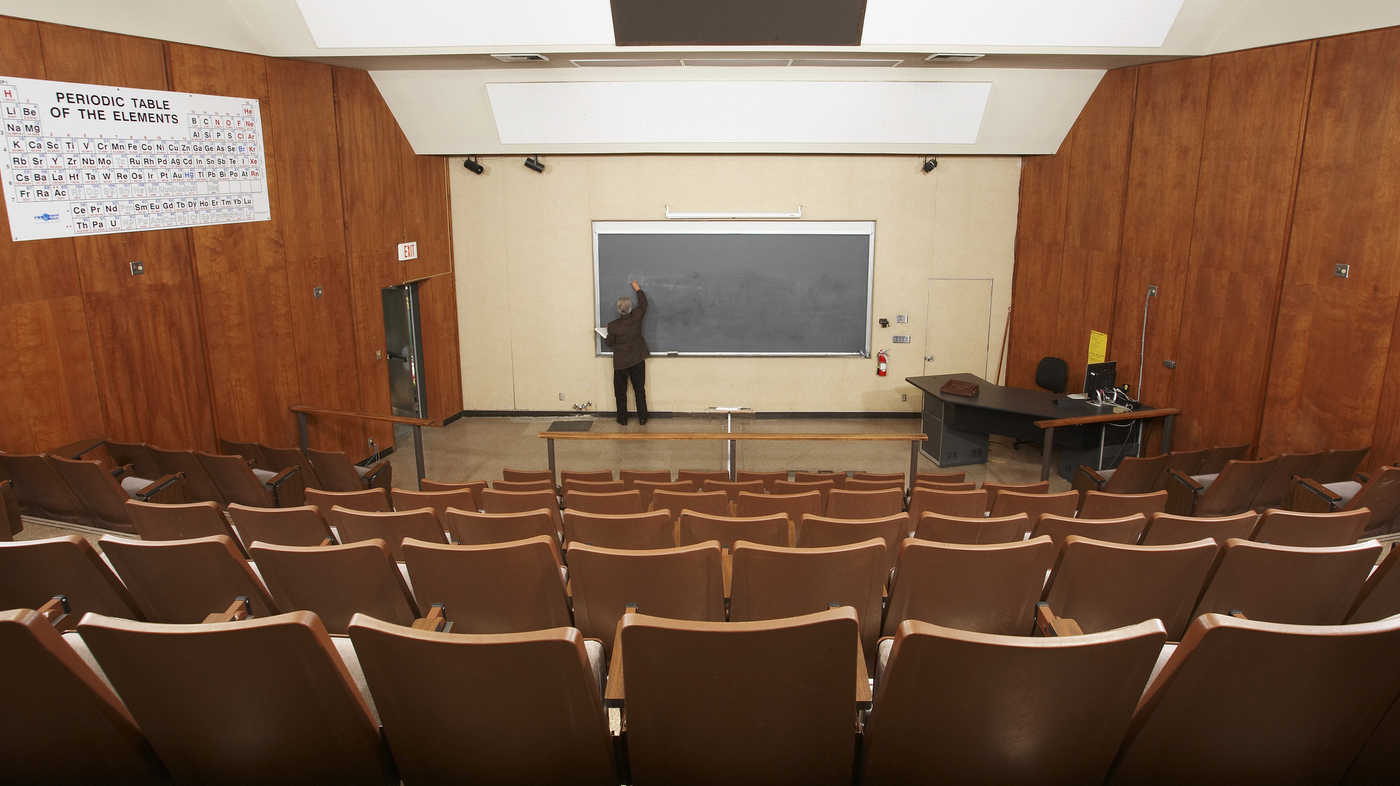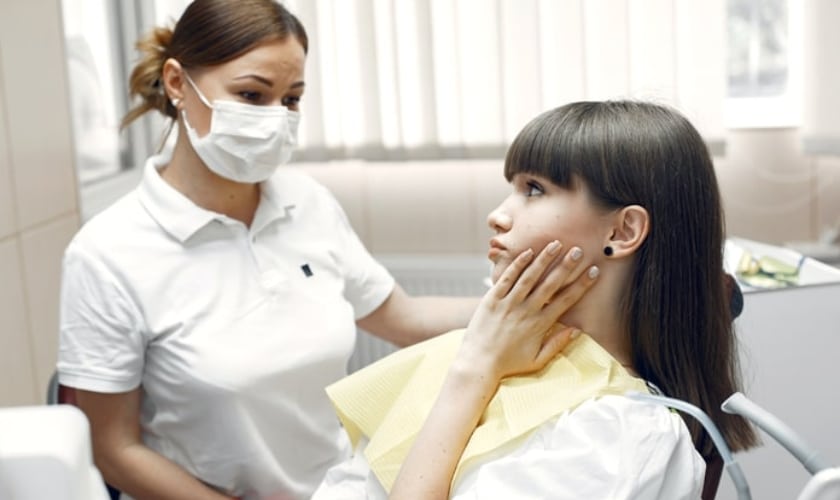[ad_1]

Many medical students do not attend lectures in the first two years, instead opting to watch recorded classes on their own time.
Tom Fowlks/Getty Images
hide caption
toggle caption
Tom Fowlks/Getty Images
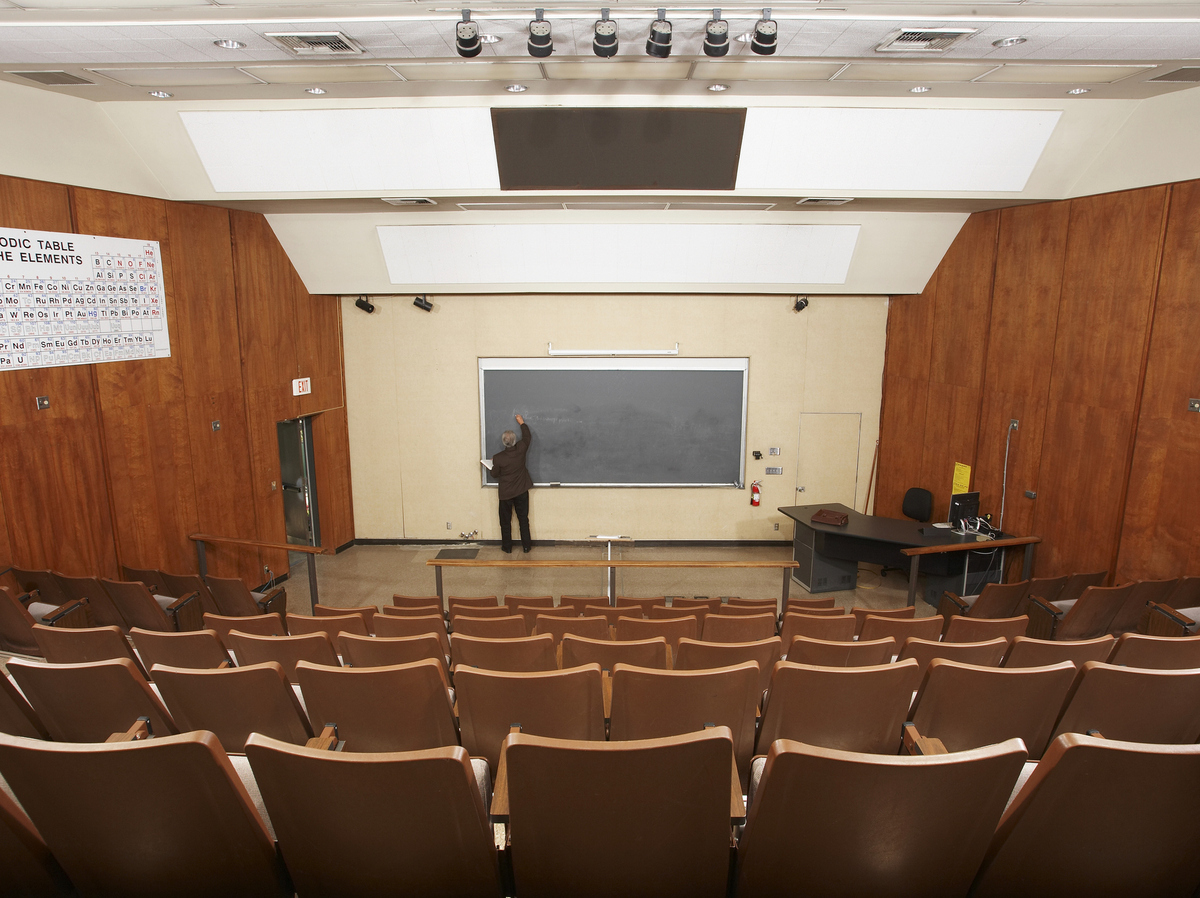
Many medical students do not attend lectures in the first two years, instead opting to watch recorded classes on their own time.
Tom Fowlks/Getty Images
During my first two years as a medical student, I almost never went to lectures. Neither did my peers. In fact, I estimate that not even a quarter of medical students in my class consistently attended classes in person. One of my professors, Dr. Philip Gruppuso, says in his 40 years of teaching, in-person lecture attendance is the lowest he’s seen. Even before the COVID-19 pandemic, first- and second-year medical students regularly skipped lectures. Instead, they opted to watch the recordings at home on their own time. The pandemic accelerated the shift. This absence from the classroom has a lot of people in the medical education system wondering how this will affect future doctors, and has precipitated wide discussion among medical institutions. Medical education is changing rapidly, and the change is being driven by students — so how do schools incorporate the reality of virtual learning while training them adequately for the huge responsibility of patient care?
“Flip” the classroom for the first two years
The first half of medical education (traditionally the first one to two years, which are also sometimes called the preclerkship years) prepares students to succeed during the second half of medical school, clerkships, where students work directly with patient care teams. Preclerkship medical education is where students learn the technical elements of being a doctor before seeing patients. It includes lectures in medical science — anatomy, embryology, physiology, pathology, and pharmacology — and health system science – ethics, professionalism and public health. And it goes beyond lectures. It includes dissecting a human body in anatomy lab, practicing how to interview a patient and conduct a physical exam (typically using patient actors) and numerous small group discussion sessions connected to specific lectures.
Virtual learning during these critical first two years for me had some significant downsides. I was unable to ask questions of a prerecorded lecturer. Student-teacher relationships, one of the parts of medical education I was most looking forward to, became much harder to cultivate. It was isolating at times.
Dr. Gruppuso and I started talking and we have a few thoughts on how to change the medical education system to mitigate these downsides while supporting students in a decision they have already made to learn on their own time.
Our proposal is this: employ the “flipped classroom” model extensively for preclerkship medical school lectures. In this model, the in-person lecture all but disappears, and students learn most of the classroom-type material on their own before in-person time — hence the flip. We suggest starting with a series of virtual modules to prepare for case-based small group sessions held in person. Activities such as anatomy lab, patient interviewing and physical exam practice and special guest lectures would remain in-person. This, in essence, embraces the virtual lecture trajectory but requires actual attendance for small group hands-on learning.
A medical student’s perspective — Alexander Philips
Let me start by saying, I did enjoy advantages of virtual lectures. Pausing, rewinding, re-watching, and speeding up the talks was a great way to focus on my weak areas and save time, and time was my most valuable resource as a medical student, given the sheer volume of information to be learned. Virtual learning made it much easier for me to incorporate non-lecture resources into my study plan, too, such as flash cards, web tutorials or lectures by third parties.
In the flipped classroom scenario, my typical day might involve a morning of watching short, targeted medical science modules, with pauses in between so I could draw diagrams, study online flash cards, and read and watch other resources. Then, I would have an hour or two of required in-person case-based small group discussion with my professors and classmates where we focus on the clinical applications of that medical science by discussing hypothetical patient cases. Other days would be devoted to anatomy lab, clinical skills practice with standardized patients (patient actors) under the direct supervision of faculty, shadowing in the hospital, and non-structured time for other activities like research, advocacy and community service.
In addition to allowing for discussions and getting to know professors and fellow students, it would give some regularity to my schedule. In the current system, with the convenience of recorded lectures, I was on my own to keep on track with the material and it was easier to fall behind.
A professor’s perspective — Dr. Philip Gruppuso
I have taught medical students for nearly 40 years in many contexts – on hospital rounds, during patient appointments, running small group discussions, and teaching large classes. I have lectured on topics that range from biochemical pathways to lifestyle diseases (those connected to things like physical inactivity) to nutrition science and the biology of aging.
The most gratifying part of teaching is passing along the less tangible aspects of being a physician — how to show respect for all patients and be a true caregiver. I do this by telling stories about my clinical experience during lectures and the payoff for me is engagement with students. The pandemic and its attendant shift in how students learned changed all of that.
Fully virtual learning for the first two years of school may have been necessary during the pandemic, but continuing to do this would ill prepare young adults to be physicians.
The intrinsically personal nature of medicine taught in clinical skills curricula or human body dissection cannot be captured in a learning format that is intrinsically impersonal. There’s also more to preclerkship education; other facilitators of holistic physician training like research, specialty exploration, and volunteer work, are almost impossible with virtual learning.
Finally, there is a very real threat to the medical education enterprise in altering the role of the physician faculty member. Doctors are unusual among professions in the expectation that they will teach regardless of where and what specialty they practice. Remove the gratification that comes with face-to-face teaching and we risk losing the commitment of faculty, much of which is often done on an entirely voluntary basis.
Medical education at an inflection point — our joint take
In the discussion of what post-pandemic medical education might look like, some have called for the preclerkship years to be entirely virtual. Advancement to clerkships would be determined by competency (ie. have you mastered the coursework) rather than time. But we favor a less extreme incorporation of virtual learning that relies on this flipped classroom.
The Warren Alpert Medical School of Brown University, among other schools, is increasingly implementing this approach. The value of interaction with peers, asking questions, and building relationships with teachers is greatest and most time-efficient when students have a thorough understanding of the fundamental frameworks and key concepts of the underlying science. That framework can often be built more efficiently in a tailored virtual setting where students can truly work on their weaknesses, allowing school faculty to focus on helping students apply that knowledge to caring for patients. Teachers may also complement these discussions by sharing experiences about how they diagnosed and treated specific patients working in organizations and communities in which medical students will serve during their clerkships. Doing away with the larger in-person medical science lectures and focusing on developing or sourcing high-quality virtual content draws on the strengths of virtual learning; diverting saved time and resources towards optimizing regular in-person case-based small group sessions with faculty and other students mitigates the drawbacks of virtual learning.
Medical education is at an inflection point. A traditional vs. flipped preclerkship medical science classroom is just one of several decisions we face when thinking about how to train the next generation of physicians. For example, the following questions are intimately intertwined with the role of virtual learning in medical education, and are simultaneously being debated in schools across the country.
- What is the role of medical science coursework in medical education? The USMLE Step 1 Exam is the first licensing exam to becoming a physician and primarily tests medical science concepts. The move towards a shortened preclerkship education term will only be accelerated by a recent shift of the exam to pass/fail. Encouraging students to begin viewing medicine from a clinical lens earlier in their training is a good, but less time spent building a deep understanding of mechanisms of disease and treatment can undermine the foundation for clinical education.
- To what extent can or should preclerkship medical science education integrate outside resources to efficiently teach content? Medical students have already been embracing a shift towards outside resources for years via a self-directed curriculum to either supplement or replace medical school lectures. This has been happening mostly independent of input from faculty or administration.
- If the cost of providing lectures decreases in light of reusable or easily updatable virtual content, possibly standardized across schools, the resulting efficiencies could conceivably lower the cost of education. If that can be accomplished, should medical tuition decrease to reflect this? If so, this may mean broader access to medical education, less student loan burden, and fewer barriers to pursuing careers in lower-paying specialties, including primary care. Conversely, the time and faculty intensive nature of more small group sessions may increase cost burden to schools.
- Will the benefits of these educational reforms be available to all? For students who enter medical school from less advantaged educational backgrounds, including students with neurodivergence or those from groups underrepresented in medicine (URiM), online coursework may result in poorer educational outcomes. Conversely, neurodivergent learners may benefit from personalized learning modules; URiM students and those that traditionally have less access to faculty may have more face-to-face learning time. As education shifts to a virtual format, it is critical that its effects across the entire student population be evaluated.
These questions are much harder to answer than a question of whether flipped classrooms deserve an increased role in preclerkship medical education. But these choices are not all or nothing. Change should be made with an understanding of the tradeoffs, and with the foresight to mitigate the negative consequences of those changes.
Medical schools need to get preclerkship medical education right. The strong foundation from my (Alexander Philips’) first two years of medical school was what helped me diagnose, admit, treat, and discharge my first patient just a few weeks ago as a third year medical student on my first clerkship. We believe the immediate next step for preclerkship medical science medical education is clear. A flipped classroom, and thus an increased role for virtual learning in the preclerkship years of medical school, is a promising model. Can we preserve the broad goals of preclerkship medical education while supporting medical students in a decision they have already made to learn on their own time? We believe the answer is yes.
Alexander P. Philips is a third-year medical student at Brown University and Tweets @AlexPPhilips. Dr. Philip Gruppuso is the former Associate Dean for Medical Education and currently teaches at Brown. This piece solely represents the perspective of the two authors, who would like to thank Dr. B. Star Hampton and Dr. Sarita Warrier with Brown University, for their input.
[ad_2]
Source link




